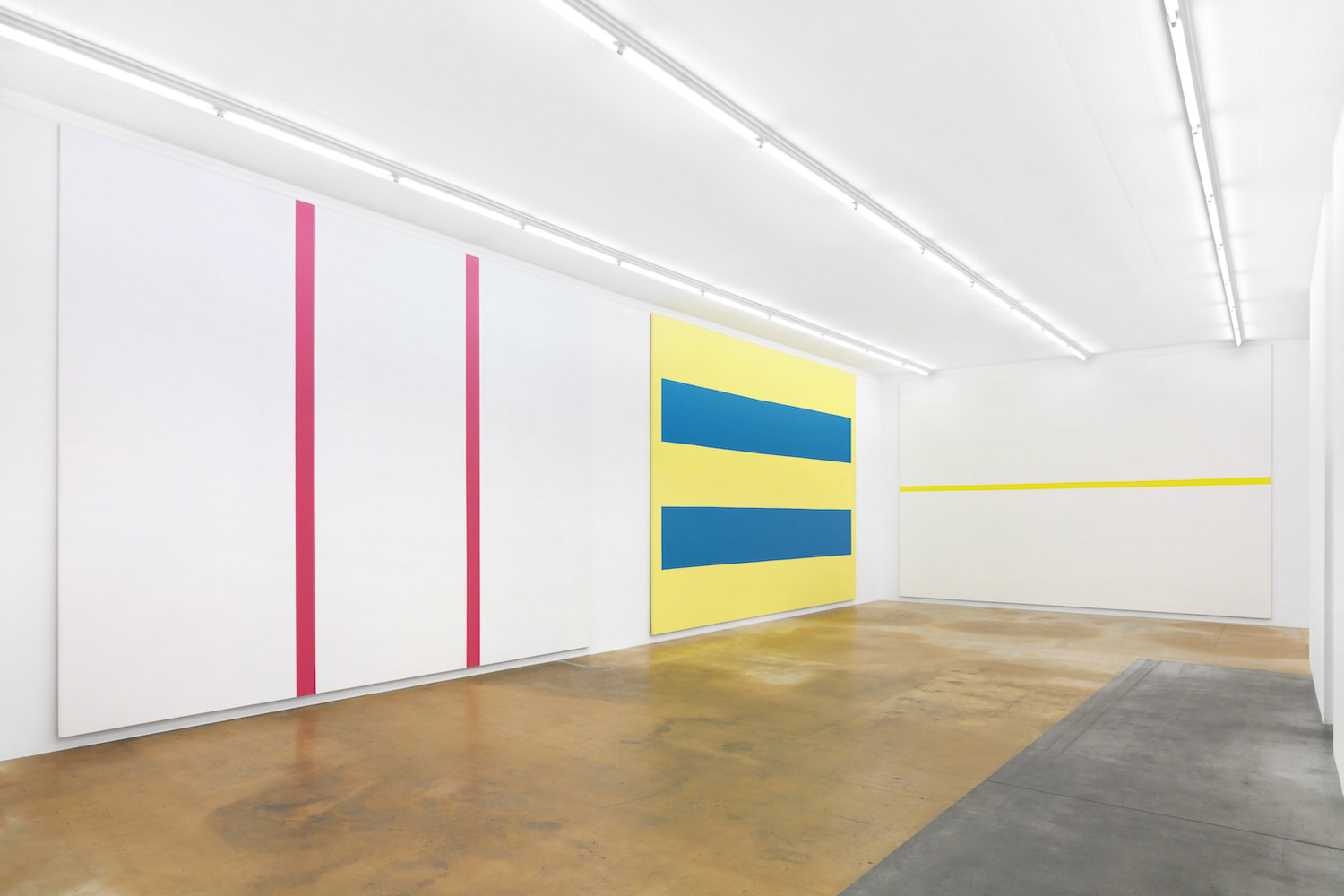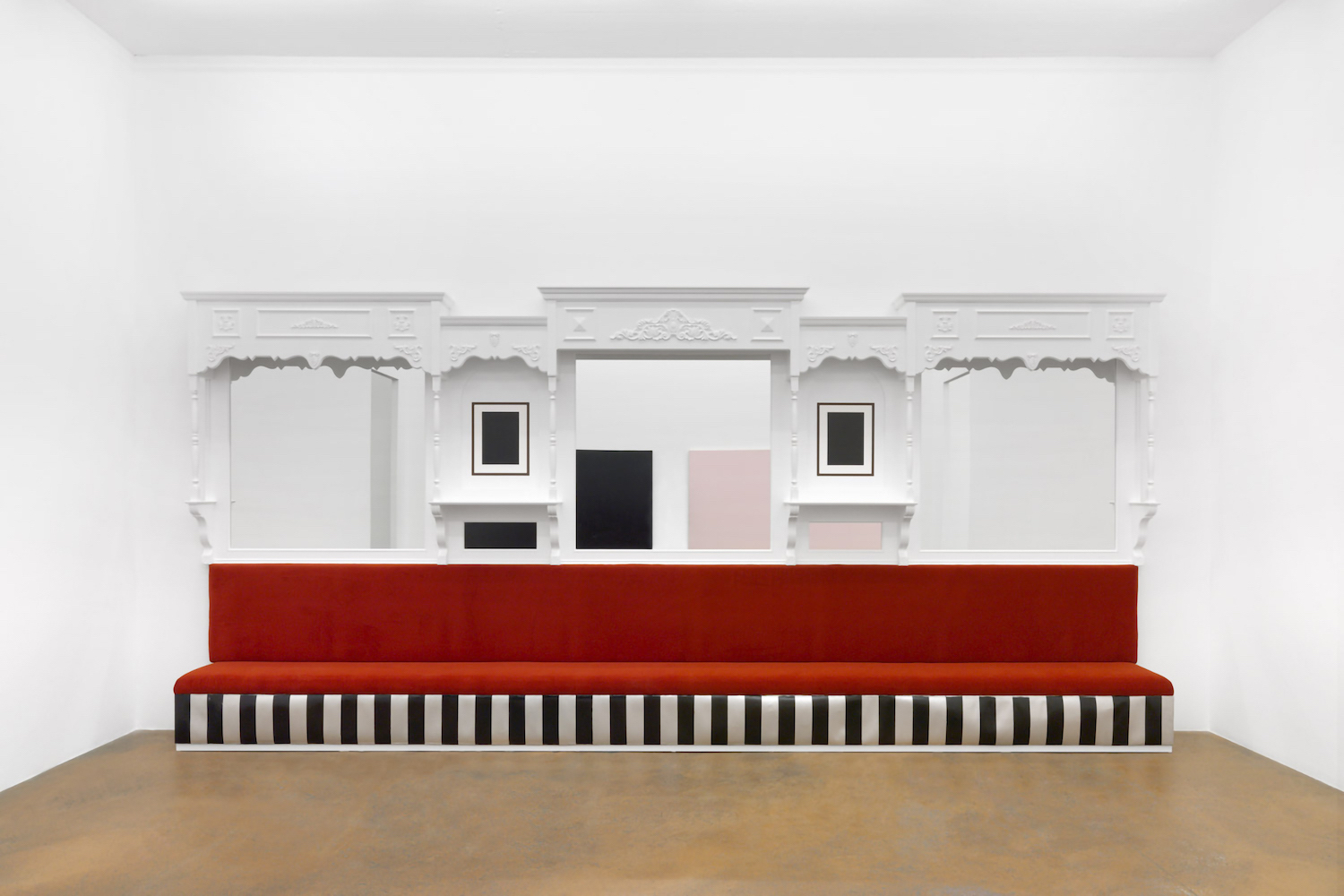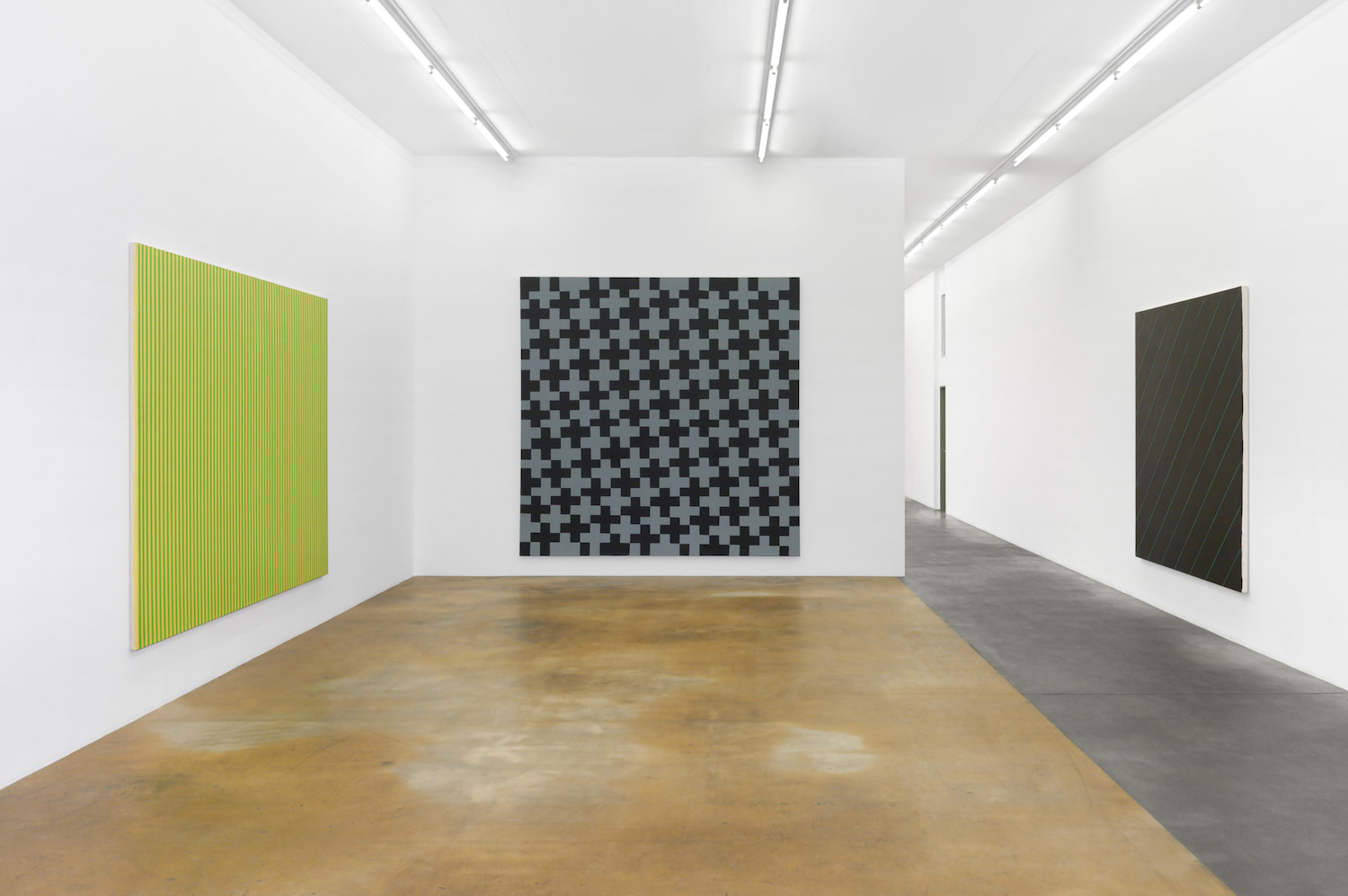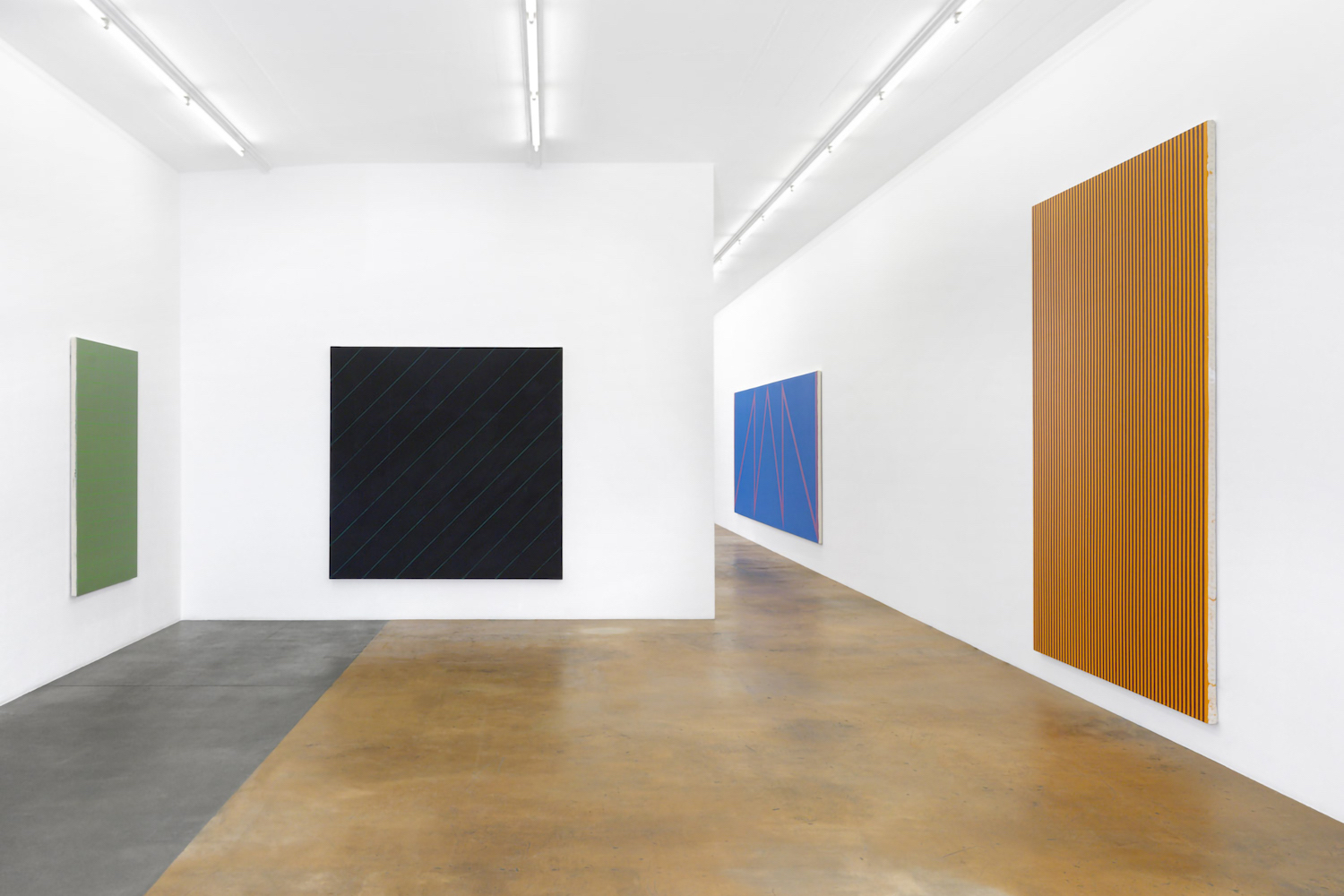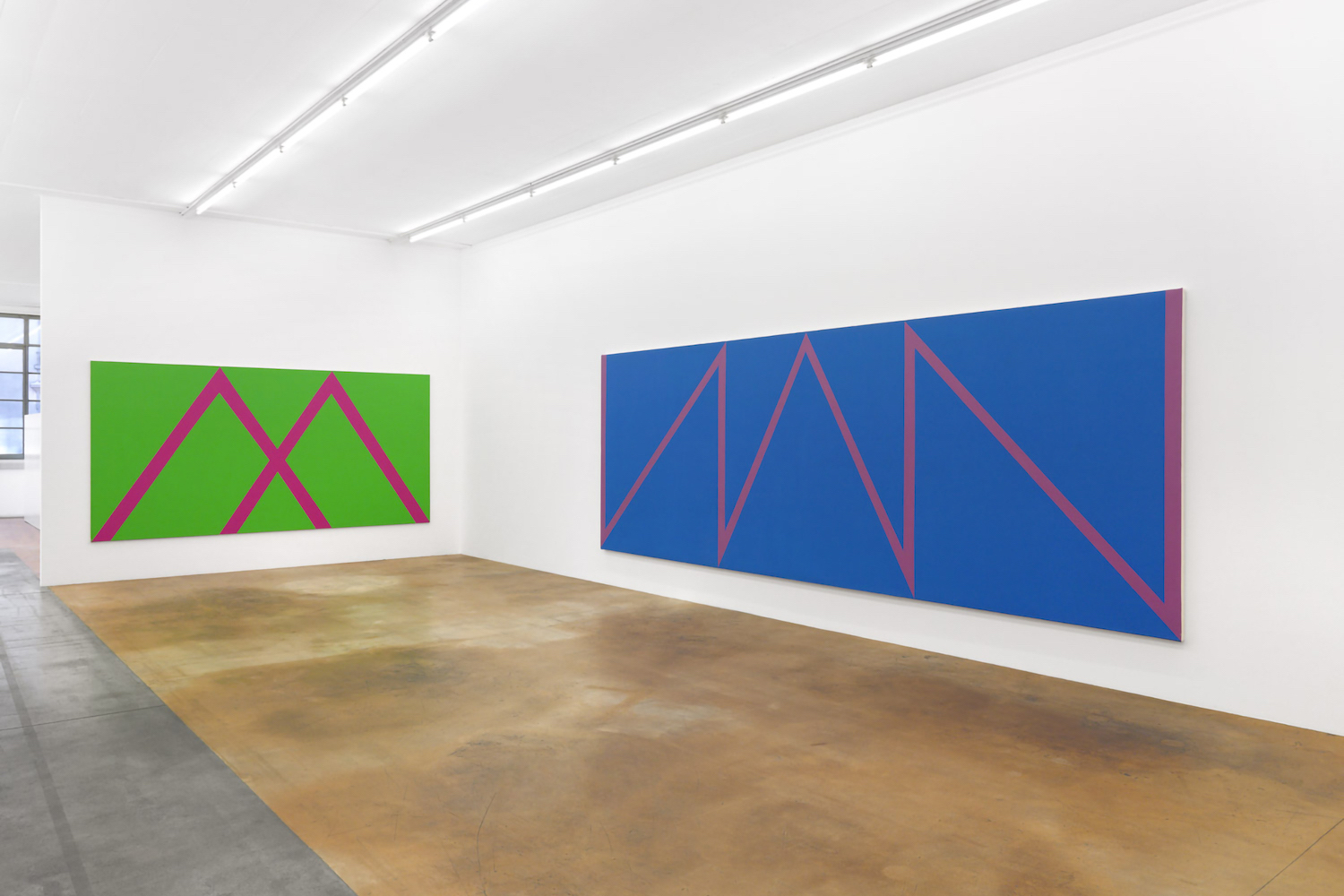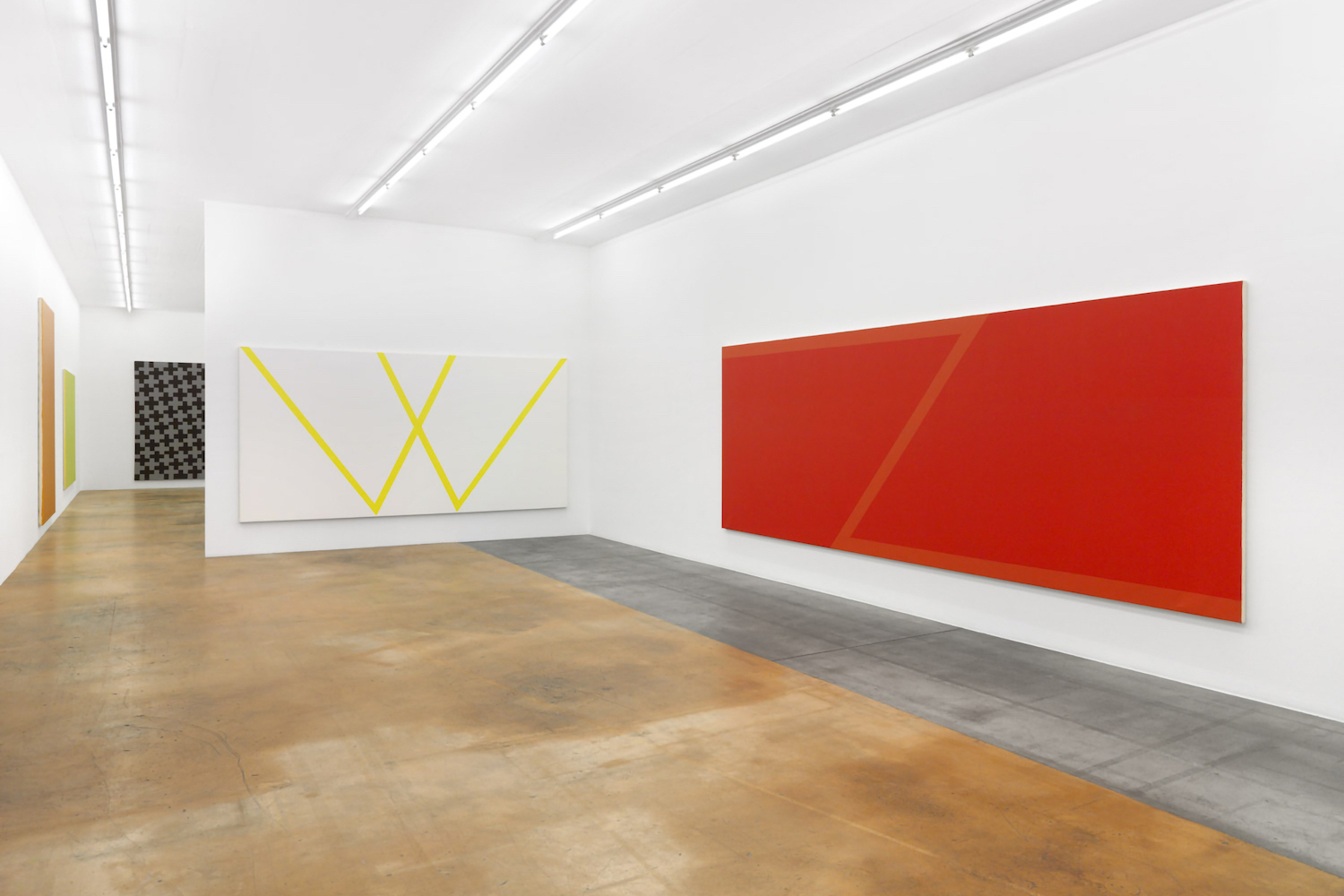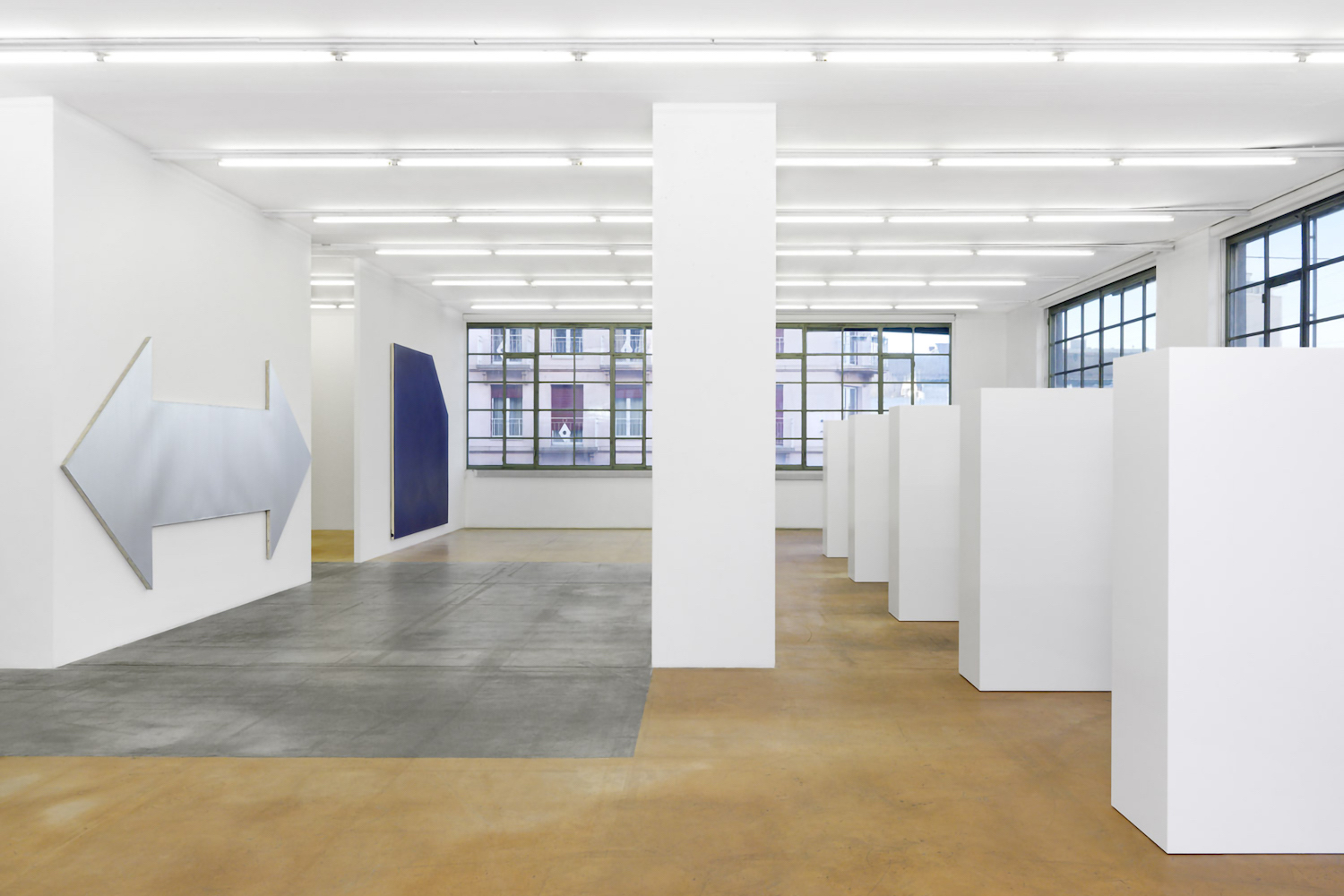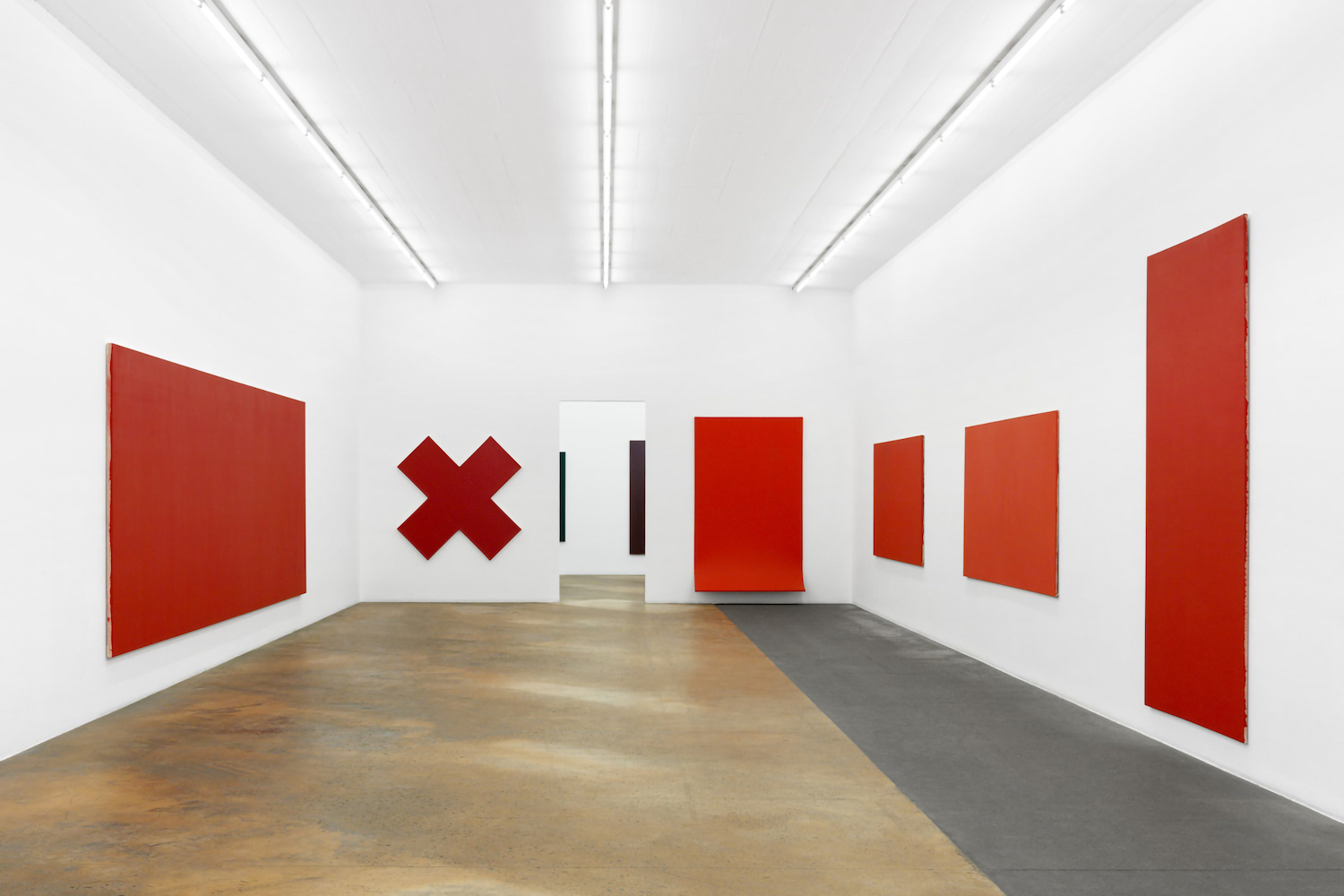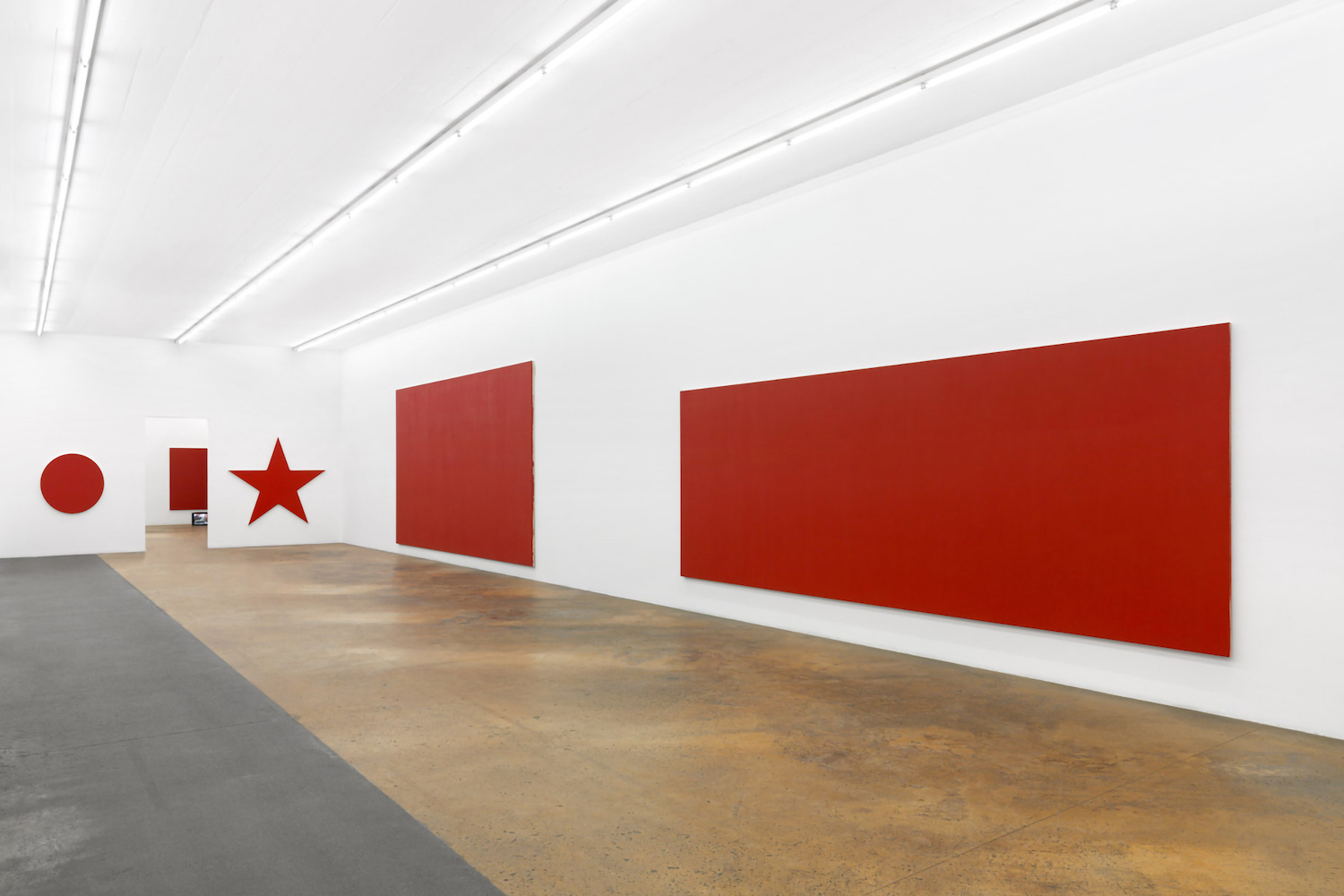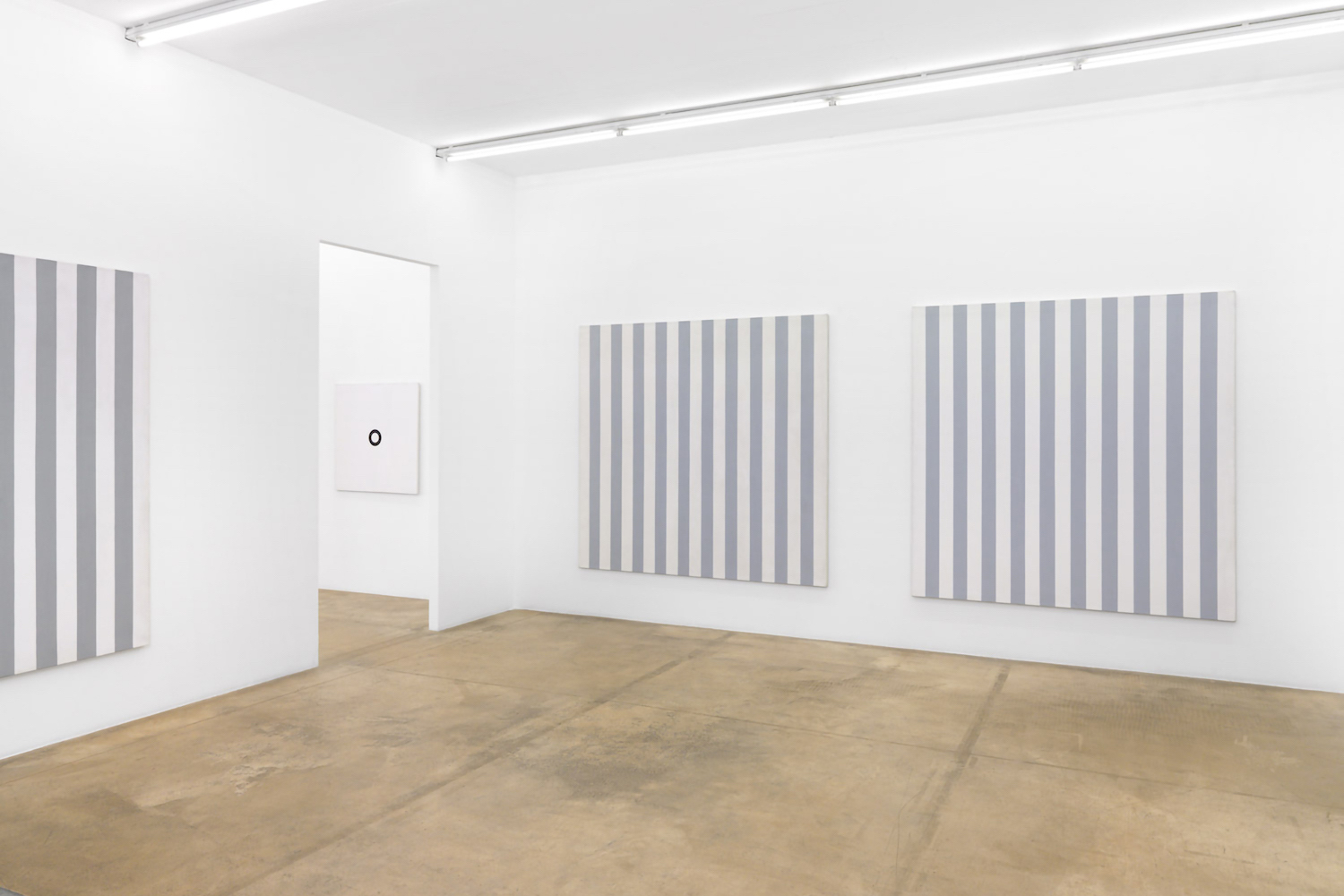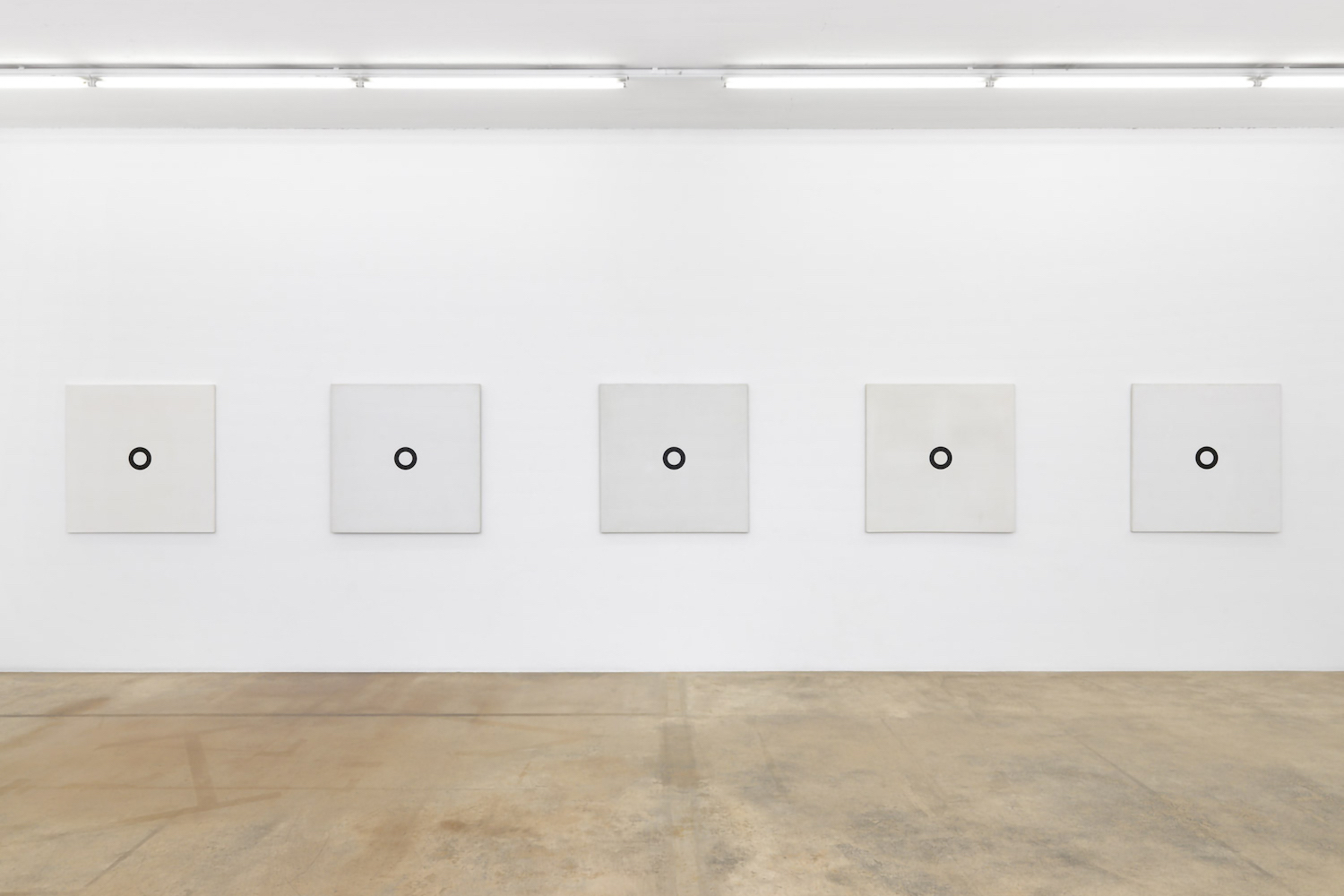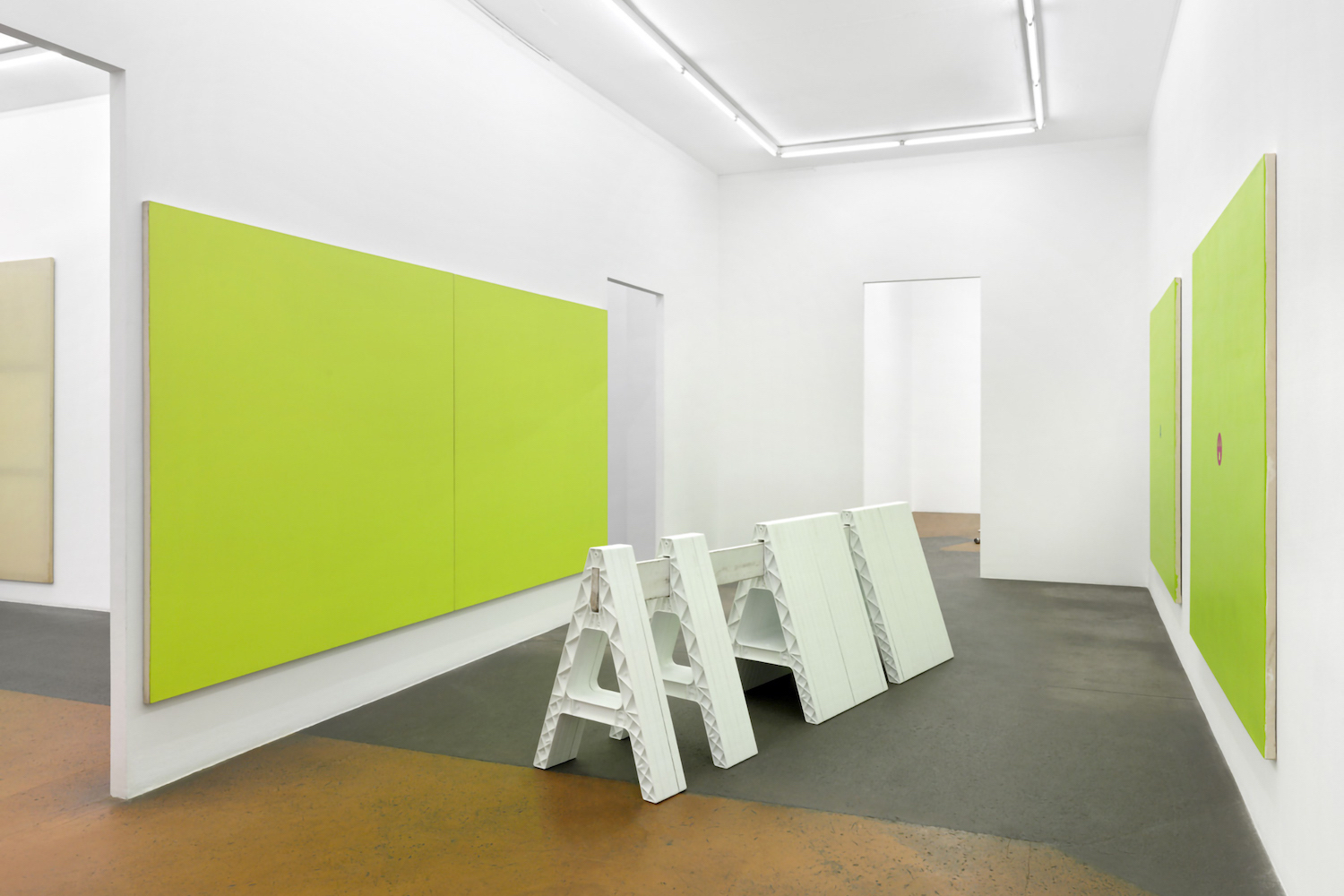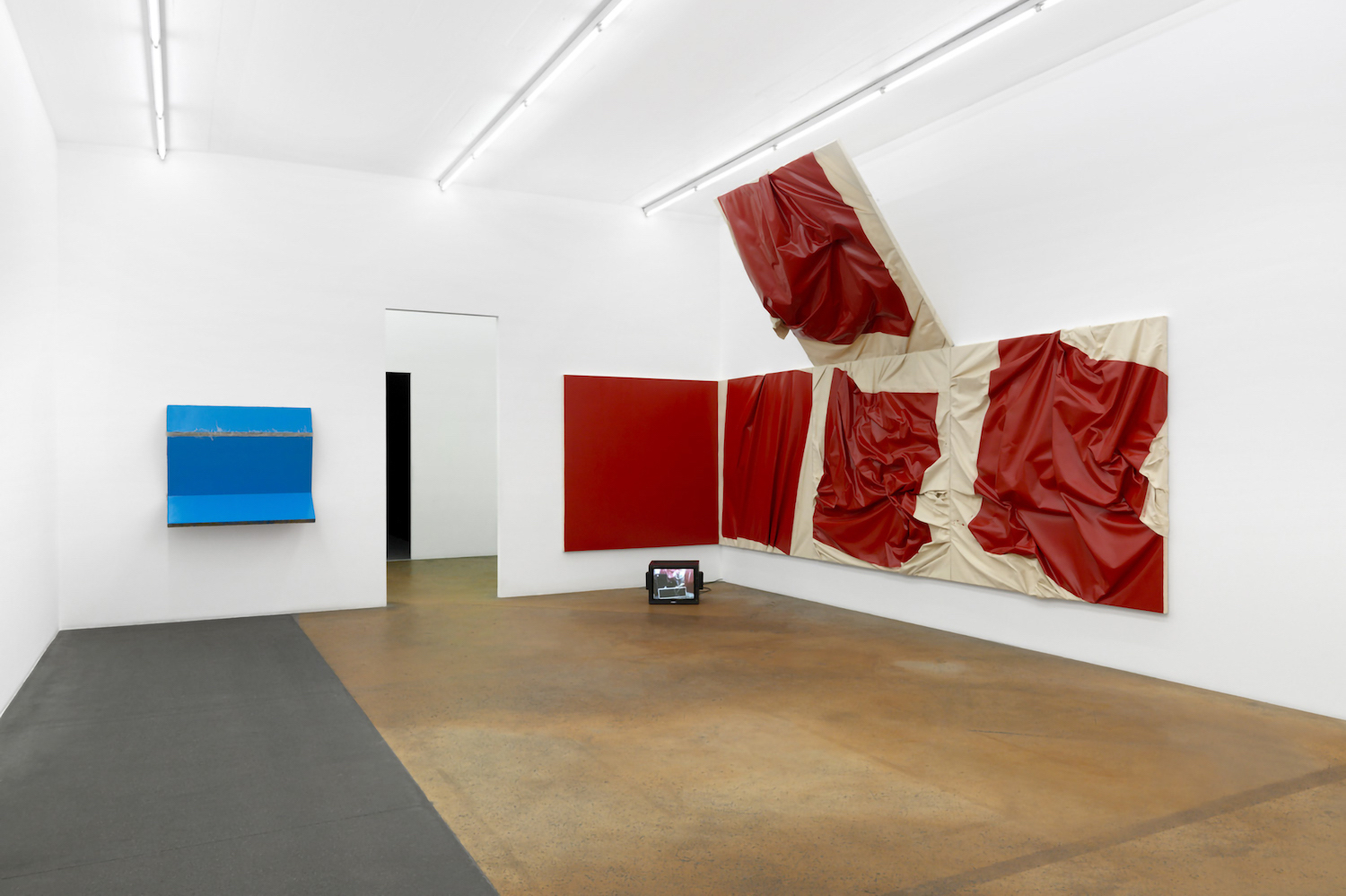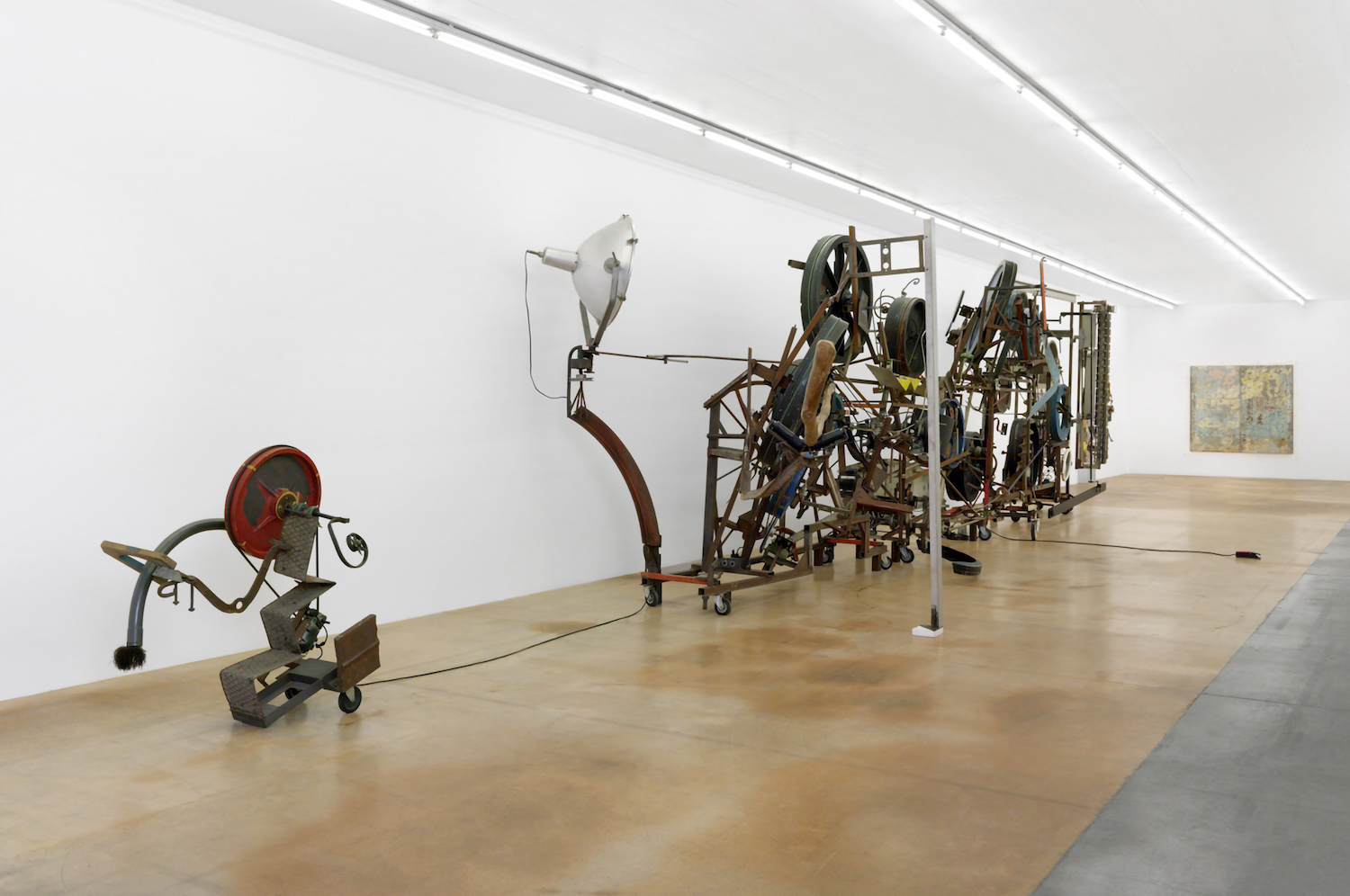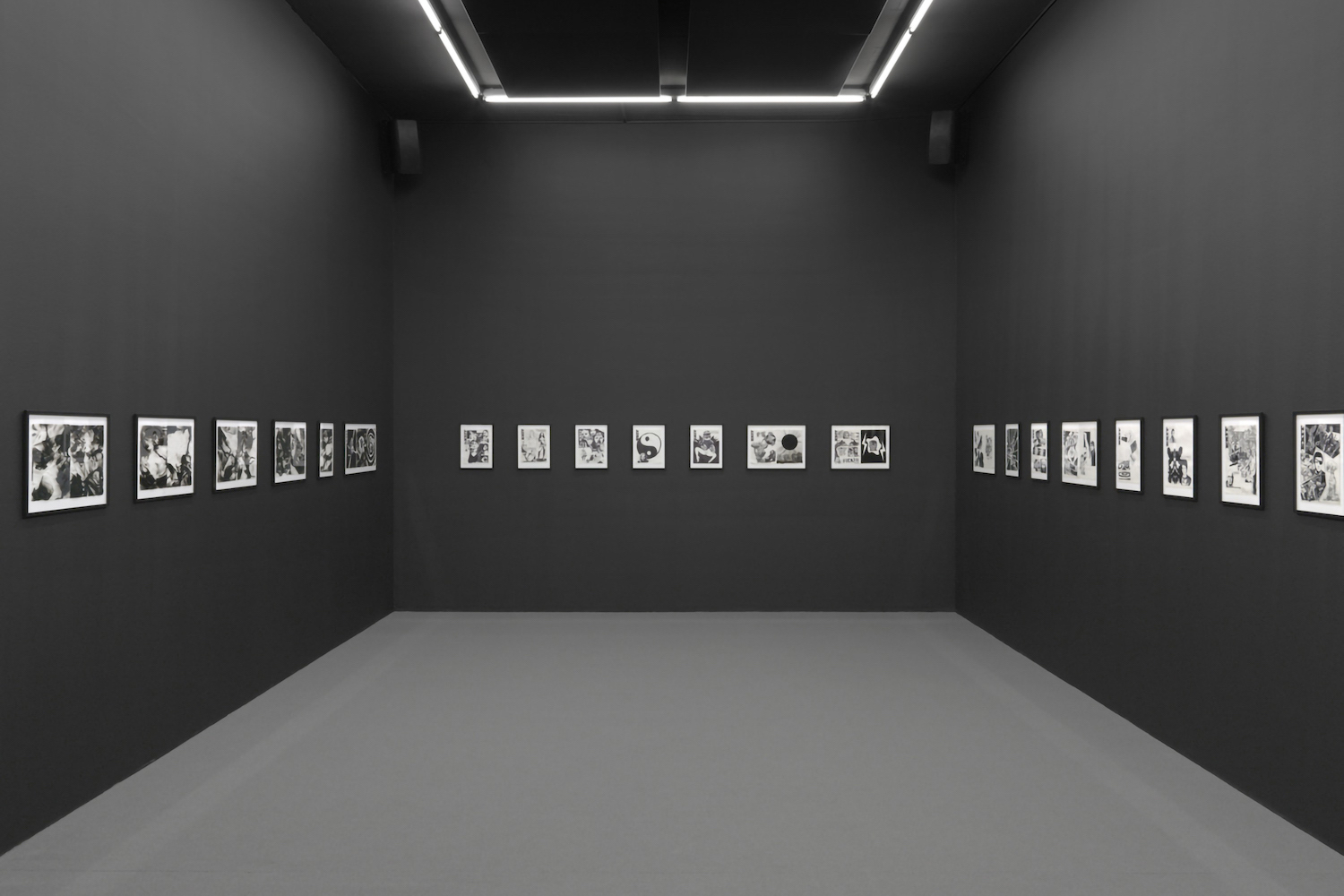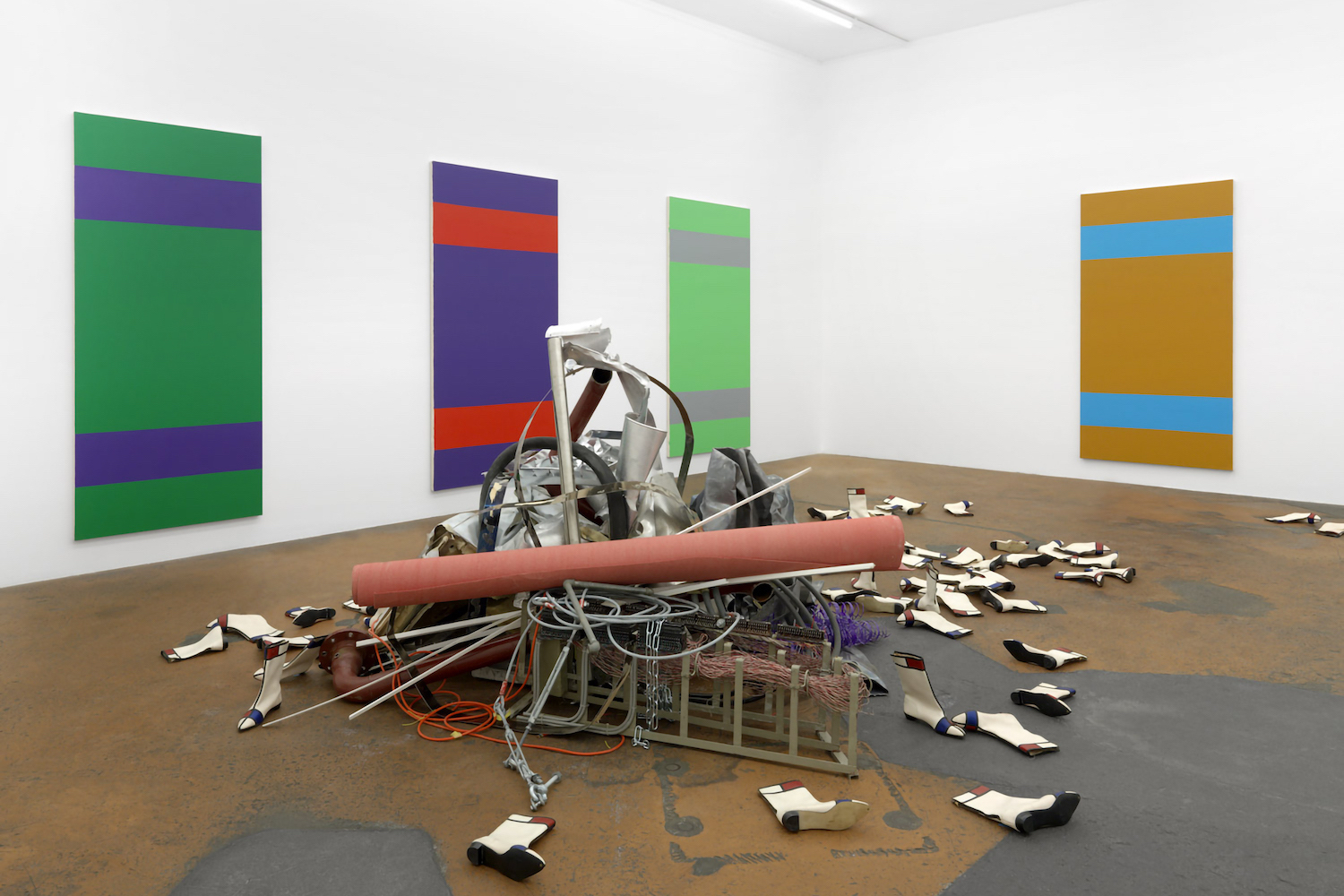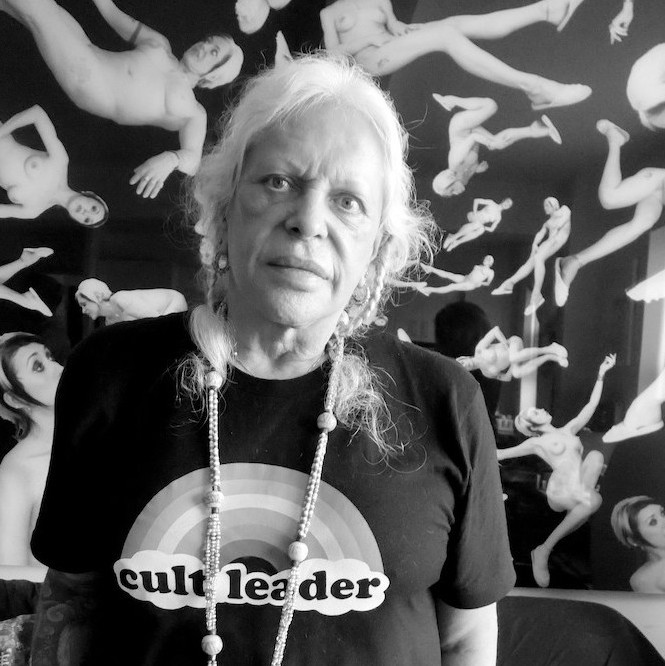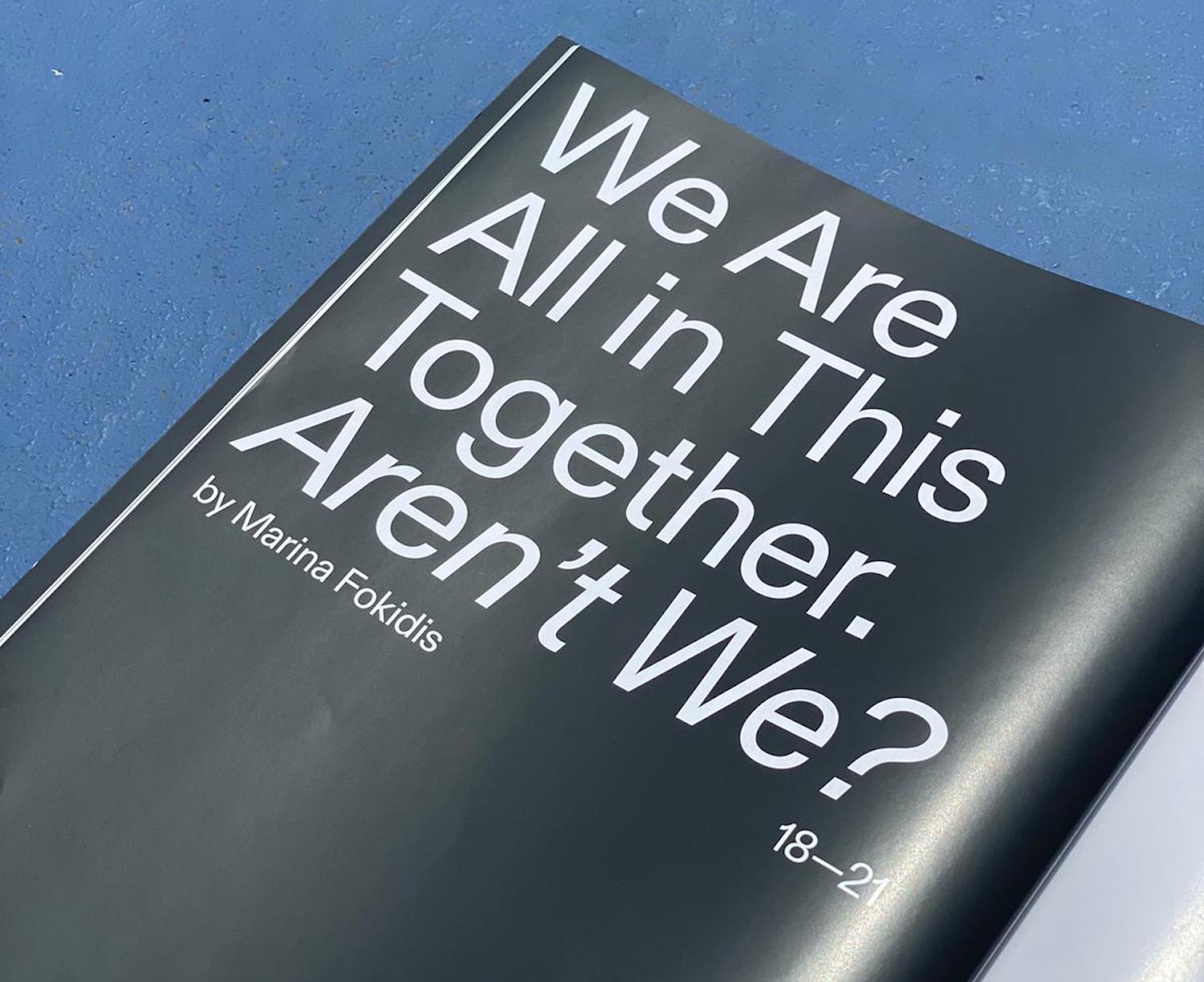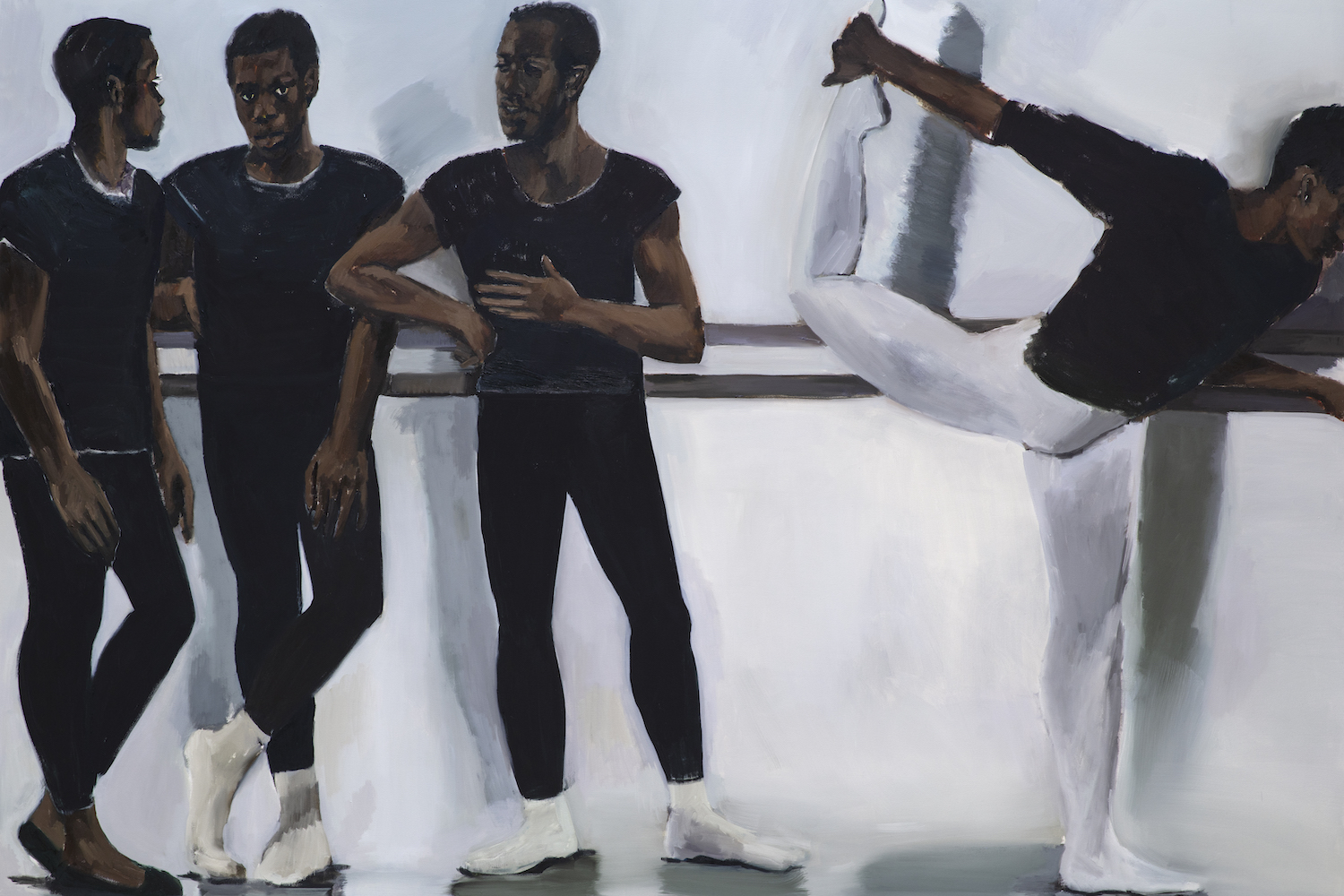Oliver Mosset. Exhibition view at MAMCO – Musée d’Art Modern et Contemporain, Geneva, 2020. Courtesy of
MAMCO – Musée d’Art Modern et Contemporain, Geneva.
Oliver Mosset. Exhibition view at MAMCO – Musée d’Art Modern et Contemporain, Geneva, 2020. Courtesy of
MAMCO – Musée d’Art Modern et Contemporain, Geneva.
Oliver Mosset. Exhibition view at MAMCO – Musée d’Art Modern et Contemporain, Geneva, 2020. Courtesy of
MAMCO – Musée d’Art Modern et Contemporain, Geneva.
Oliver Mosset. Exhibition view at MAMCO – Musée d’Art Modern et Contemporain, Geneva, 2020. Courtesy of
MAMCO – Musée d’Art Modern et Contemporain, Geneva.
Oliver Mosset. Exhibition view at MAMCO – Musée d’Art Modern et Contemporain, Geneva, 2020. Courtesy of
MAMCO – Musée d’Art Modern et Contemporain, Geneva.
Oliver Mosset. Exhibition view at MAMCO – Musée d’Art Modern et Contemporain, Geneva, 2020. Courtesy of
MAMCO – Musée d’Art Modern et Contemporain, Geneva.
Oliver Mosset. Exhibition view at MAMCO – Musée d’Art Modern et Contemporain, Geneva, 2020. Courtesy of
MAMCO – Musée d’Art Modern et Contemporain, Geneva.
Oliver Mosset. Exhibition view at MAMCO – Musée d’Art Modern et Contemporain, Geneva, 2020. Courtesy of
MAMCO – Musée d’Art Modern et Contemporain, Geneva.
Oliver Mosset. Exhibition view at MAMCO – Musée d’Art Modern et Contemporain, Geneva, 2020. Courtesy of
MAMCO – Musée d’Art Modern et Contemporain, Geneva.
As one of the central figures of postwar abstract painting, Olivier Mosset is usually linked with Clement Greenberg’s precepts of self-referentiality and flatness. Still, although painting as a self-referential tool represents a relevant aspect of Mosset’s aesthetic research, his relationship to Greenbergian formalism is ambiguous. Throughout his career, the artist has actually pushed those same precepts to the limit, turning ideology against itself.
Mosset’s collaborations with artists from other disciplines are a testament to the nomadic and collaborative nature of his practice. In 1967, influenced by the Situationist notion of disrupting norms, he co-founded the short-lived group BMPT with Daniel Buren, Michel Parmentier, and Niele Toroni. He also contributed to the experimental group Zanzibar from 1968 to 1970. The interconnections that Mosset established both in America and Europe have played an important role in defining his aesthetics of nihilism.
Oliver Mosset. Exhibition view at MAMCO – Musée d’Art Modern et Contemporain, Geneva, 2020. Courtesy of
MAMCO – Musée d’Art Modern et Contemporain, Geneva.
Oliver Mosset. Exhibition view at MAMCO – Musée d’Art Modern et Contemporain, Geneva, 2020. Courtesy of
MAMCO – Musée d’Art Modern et Contemporain, Geneva.
Oliver Mosset. Exhibition view at MAMCO – Musée d’Art Modern et Contemporain, Geneva, 2020. Courtesy of
MAMCO – Musée d’Art Modern et Contemporain, Geneva.
Oliver Mosset. Exhibition view at MAMCO – Musée d’Art Modern et Contemporain, Geneva, 2020. Courtesy of
MAMCO – Musée d’Art Modern et Contemporain, Geneva.
Oliver Mosset. Exhibition view at MAMCO – Musée d’Art Modern et Contemporain, Geneva, 2020. Courtesy of
MAMCO – Musée d’Art Modern et Contemporain, Geneva.
Oliver Mosset. Exhibition view at MAMCO – Musée d’Art Modern et Contemporain, Geneva, 2020. Courtesy of
MAMCO – Musée d’Art Modern et Contemporain, Geneva.
Oliver Mosset. Exhibition view at MAMCO – Musée d’Art Modern et Contemporain, Geneva, 2020. Courtesy of
MAMCO – Musée d’Art Modern et Contemporain, Geneva.
Oliver Mosset. Exhibition view at MAMCO – Musée d’Art Modern et Contemporain, Geneva, 2020. Courtesy of
MAMCO – Musée d’Art Modern et Contemporain, Geneva.
Oliver Mosset. Exhibition view at MAMCO – Musée d’Art Modern et Contemporain, Geneva, 2020. Courtesy of
MAMCO – Musée d’Art Modern et Contemporain, Geneva.
In this vein, MAMCO is now presenting an extensive retrospective of Mosset’ prolific sixty-year career. Indeed, the core of the exhibition is not just to chronologically showcase his output, from the early experiments to the more contemporary monumental pieces, but rather to consider the theoretical and critic contexts within which his radical rethinking of painting has arisen. Several rooms are dedicated to artists with whom Mosset was closely associated, such as John Armleder and Sylvie Fleury. The presence of Tinguely’s gargantuan sculpture Cercle et carré éclatés (1981) and Daniel Spoerri’s “tableaux pièges” affirm both Mosset’s connection with Nouveau réalisme and the influence of these two personalities on his provocative approach to abstraction.
Mosset’s involvement with BMPT, his appropriation of Buren’s vertical lines (1974–77), and his first “monochromes” shown at Ecart in Geneva (1976) are some of the crucial stages leading to a red-themed room that includes large shaped canvases. These works also speak to his connection with New York’s Radical Painting group as well as his dialogue with Steven Parrino and Cady Noland. The journey ends with an entire floor devoted to his monumental “non-paintings” and “Cimaises” that symbolize his “side-stepping into the third dimension.” The retrospective offers a rhizomatic understanding of Mosset’s relentless questioning of painting’s limits, documenting his lucid take on abstraction as an exercise in finding the balance between staying with the most relevant debates in art and refusing any specific style.

